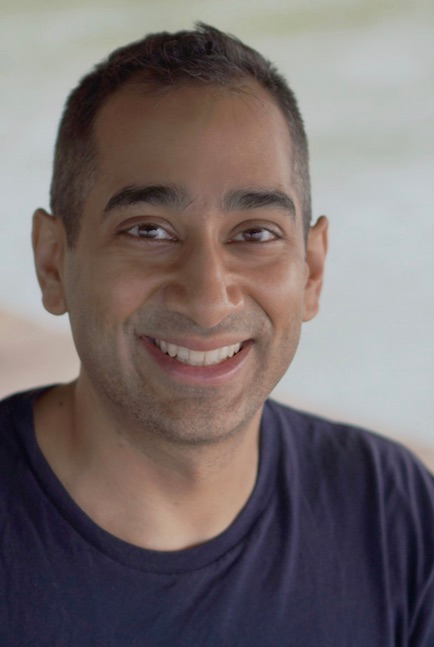
Ameesh Makadia
I am currently a Research Scientist with Google in NYC.
My research interests lie at the intersection of Computer Vision and Machine Learning.
For more details and a complete publication list please visit my personal site.
Research Areas
Authored Publications
Sort By
Google
ASIC: Aligning Sparse in-the-wild Image Collections
Kamal Gupta
Varun Jampani
Abhinav Shrivastava
Abhishek Kar
International Conference on Computer Vision (ICCV) (2023)
Scaling Spherical CNNs
Jean-Jacques Slotine
International Conference on Machine Learning (ICML) (2023)
Learning to Transform for Generalizable Instance-wise Invariance
Utkarsh Singhal
Stella Yu
International Conference on Compute Vision (2023)
LU-NeRF: Scene and Pose Estimation by Synchronizing Local Unposed NeRFs
Zezhou Cheng
Varun Jampani
Abhishek Kar
Subhransu Maji
International Conference on Computer Vision (ICCV) (2023)
NAVI: Category-Agnostic Image Collections with High-Quality 3D Shape and Pose Annotations
Varun Jampani
Andreas Engelhardt
Arjun Karpur
Karen Truong
Kyle Sargent
Stefan Popov
Ricardo Martin-Brualla
Kaushal Patel
Daniel Vlasic
Vittorio Ferrari
Ce Liu
Neural Information Processing Systems (NeurIPS) (2023)
Learning ABCs: Approximate Bijective Correspondence for isolating factors of variation with weak supervision
Kieran Alexander Murphy
Varun Jampani
Computer vision and pattern recognition (CVPR) 2022 (to appear)
Generalizable Patch-Based Neural Rendering
Mohammed Suhail
Leonid Sigal
European Conference on Computer Vision (2022) (to appear)
Light Field Neural Rendering
Mohammed Suhail
Leonid Sigal
Proceedings of the IEEE/CVF Conference on Computer Vision and Pattern Recognition (CVPR) (2022)
De-rendering the World’s Revolutionary Artefacts
Elliott Wu
Jiajun Wu
Angjoo Kanazawa
Computer Vision and Pattern Recognition (CVPR) (2021)
